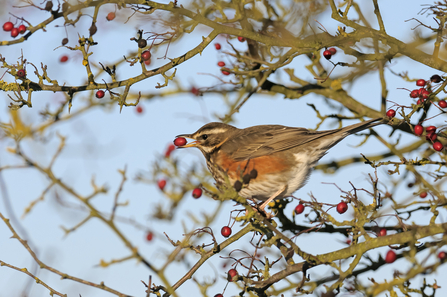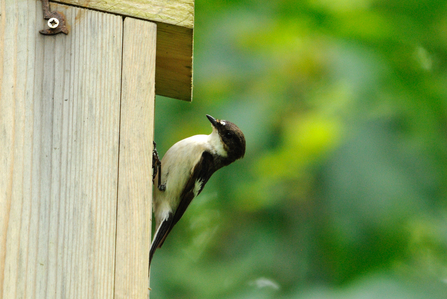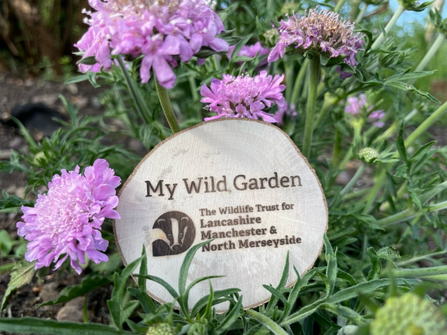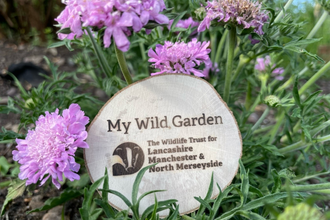Let your garden go wild
If you’re able to leave all, or at least some, of your garden wild this winter, you’ll be providing vital warmth and habitats for invertebrates. More insects means there is more food for ground feeding birds like robins, blackbirds and song thrushes.
Avoid trimming winter seedheads if you can. These skeletal forms are shadows of their previous floral selves and are great sources of food – the stems even form an overwintering spot for bugs. Sunflowers are loved by house sparrows and bluetits, and angelica holds its structure and is loved by ladybirds in particular. Other recommendations are teasel, poppies, phlomis and echinacea.
If you do want to trim your garden, leave the clippings at or near ground level. This will also protect new shoots from frosts.
Plant for winter
As we’ve mentioned, there are certain species that transform into useful winter seedheads. You could also use planting pots and containers with hardy flowers that offer a generous supply of nectar, such as crocus, hellebores and snowdrops, which are great for late pollinators. Plant pots are also used by slugs and spiders to insulate them from the frosty weather. Just make sure you use peat-free compost!
If you have a bigger garden, consider whether you could plant trees or hedge plants – winter is the perfect time to do this. Hawthorn, rowan and holly provide berries for birds in winter. Our winter migrant, the redwing, is a huge fan of hawthorn berries – you’ll often see them hopping along the bare branches devouring as many as they can.
Ivy is also incredibly important for wildlife as it doubles up as an excellent shelter and food source for insects and birds. Read more about winter gardening for wildlife.





